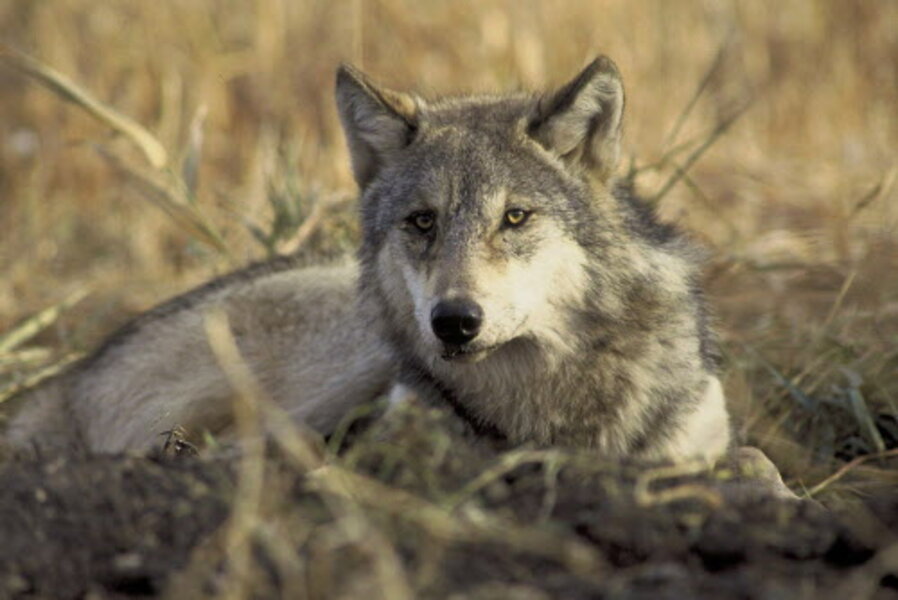New US endangered species listing rules: A better path to conservation?
Loading...
On Monday, the US Fish and Wildlife Service changed the process for listing endangered species.
Starting next month, conservationists will only be able to petition for one species at a time when seeking federal protections under the US Endangered Species Act. Previously, it was possible to file a single petition on behalf of several species.
Despite some push back from environmental groups, FWS officials say the rule could streamline the listing process in a way that benefits threatened species. Environmentalists say it may do the opposite. But Western ranchers see it as a step in the right direction. Is this a credible path to progress between businesses using public land and conservationists?
Under the new changes, petitioners will also be required to communicate with state agencies before submitting a request to FWS. At least 30 days before filing, applicants must notify every wildlife agency where petitioned species occur naturally.
According to federal officials, that delay will give states time to provide relevant information on local species. But some environmental groups say the process is already prohibitive to citizen conservationists.
“The Endangered Species Act already requires a lengthy comment process,” Brett Hartl, director of endangered species policy at the Center for Biological Diversity, said in a statement. “These rules are specifically intended to intimidate ordinary citizens by making it more cumbersome for them to seek protection of our imperiled plants and animals.”
But FWS officials say the new rules are meant to simplify the listing process, rather than complicate it. By requiring more information at the early stages of petitioning, the agency says it can make more informed listing decisions.
“We don’t believe this rule will make it more difficult to list a species,” Gavin Shire, chief of public affairs at FWS, tells The Christian Science Monitor in an email. “The listing of a species has always been based on the merits as determined by the science. That will continue to be the case.”
Some say the rules could even expedite the process for listing species under the Endangered Species Act. In many cases, petitions include several species under varying degrees of threat. So rather than negotiate around those key differences, officials say it’s better to separate them into individual cases.
“It also helps streamline the process for us that can otherwise become very cumbersome and time-consuming with multi-species petitions,” Mr. Shire says. “Given the demands on our time from petitions, we need to prioritize our work. This becomes very difficult with multi-species petitions where some species in the petition may be considered high priority and others lower.”
While response has been lukewarm at best in conservation circles, industry groups have praised the change. Businesses that rely on public land often find that sweeping federal sanctions can interrupt operations at a financial expense. By taking new entries on a case-by-case basis, the FWS could theoretically lessen that impact.
Public Lands Council, an organization that advocates for ranchers’ interests, called the changes “a step in the right direction.”
“Limiting petitions to one species at a time will provide some desperately needed focus, and notification to the states affected in a timely manner – even if only 30 days – is progress toward increasing local input into the process,” Ethan Lane, executive director of PLC, said in a statement.
Local input, some say, is necessary to practical conservation. In 2015, the Obama administration chose not to grant federal protections to the greater sage grouse. Instead, conservation efforts were undertaken on the state level, both by public and private entities. The approach was widely celebrated by both environmentalists and industry groups.
And it’s that same nuance, officials suggest, which could make the listing process work for industry and threatened species alike.








